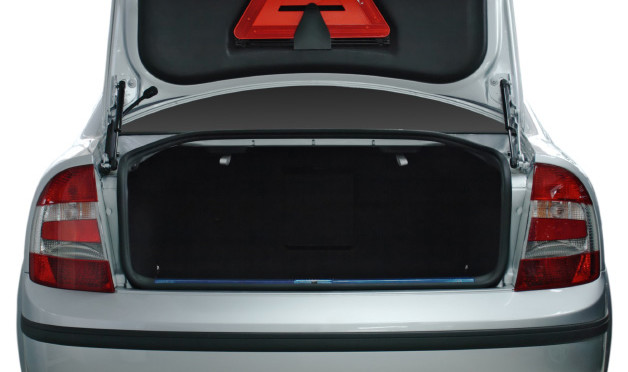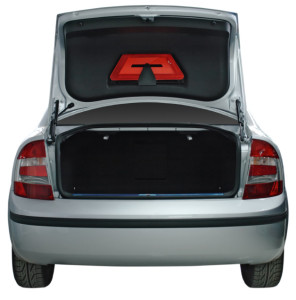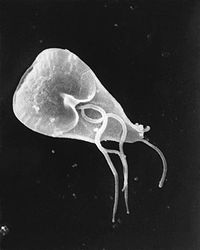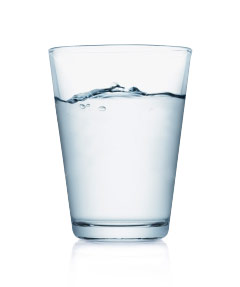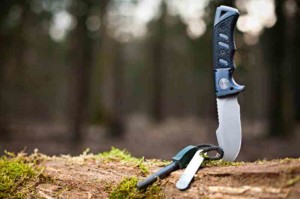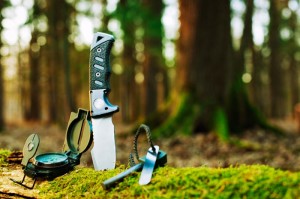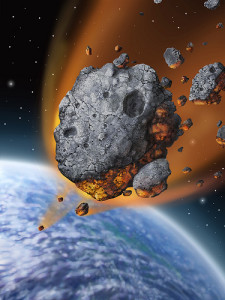 The term “preppers” referrers to someone who prepares for the worse, whether it be for flood waters, nuclear war, or a zombie apocalypse. Sometimes the term is connected to a derogatory terms such as, ‘doomsdayers.’ Not all preppers are doomsdayers, most are normal, happy people who want to be ready for a crisis by planning and preparing ahead to protect themselves and their families. They prepare themselves with survival skills, primitive living skills, and supplies.
The term “preppers” referrers to someone who prepares for the worse, whether it be for flood waters, nuclear war, or a zombie apocalypse. Sometimes the term is connected to a derogatory terms such as, ‘doomsdayers.’ Not all preppers are doomsdayers, most are normal, happy people who want to be ready for a crisis by planning and preparing ahead to protect themselves and their families. They prepare themselves with survival skills, primitive living skills, and supplies.
Preppers are realists. They understand that disasters can happen anywhere and at any time, with or without warning. They do what logical and reasonable people should do: plan and prepare in advance for the worse-case and most likely scenarios.
No one anticipated a 7.0 magnitude earthquake to hit Haiti in 2012 killing over a 100,000 people and leaving the area with little shelter, food, and clean water. The Japanese didn’t plan on the Tōhoku tsunami in 2011 carrying water 6 miles inland, nor were Colorado Springs residents expecting wildfires to destroy entire neighborhoods in 2012.
Though many crises are natural disasters, there are plenty of man-made disasters too. War, terrorist attacks, power outages, and industrial accidents just to name a few. The American Red Cross responds to almost 100,000 incidents each year. There are also personal crises such as, getting lost in the desert or mountains, your car breaks down in the middle of nowhere, or you fall off your Caribbean cruise ship into the open ocean.
Let’s face it: Urban dwellers are not usually prepared for most major disasters. When the water stops flowing from the tap, the stores are out of food, there is no power for cooking or heating, most people are just helpless, scared, and don’t have a clue what to do.
So, the bottom line is this: Survival starts with an open mind and an awareness of the various situations that could occur. Once awareness develops, the next step is contingency planning, but for what type of planning and preparation is up to you!


